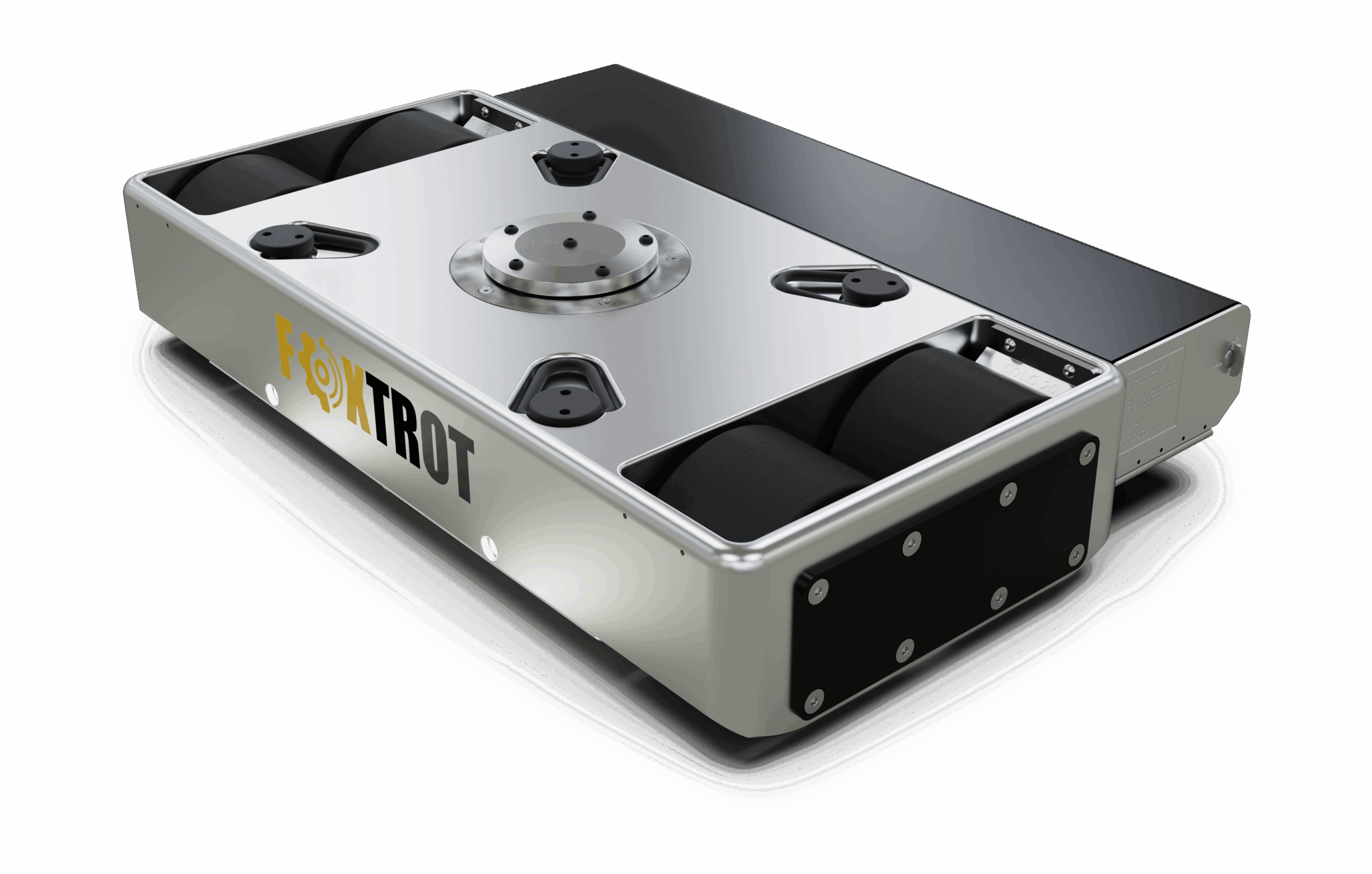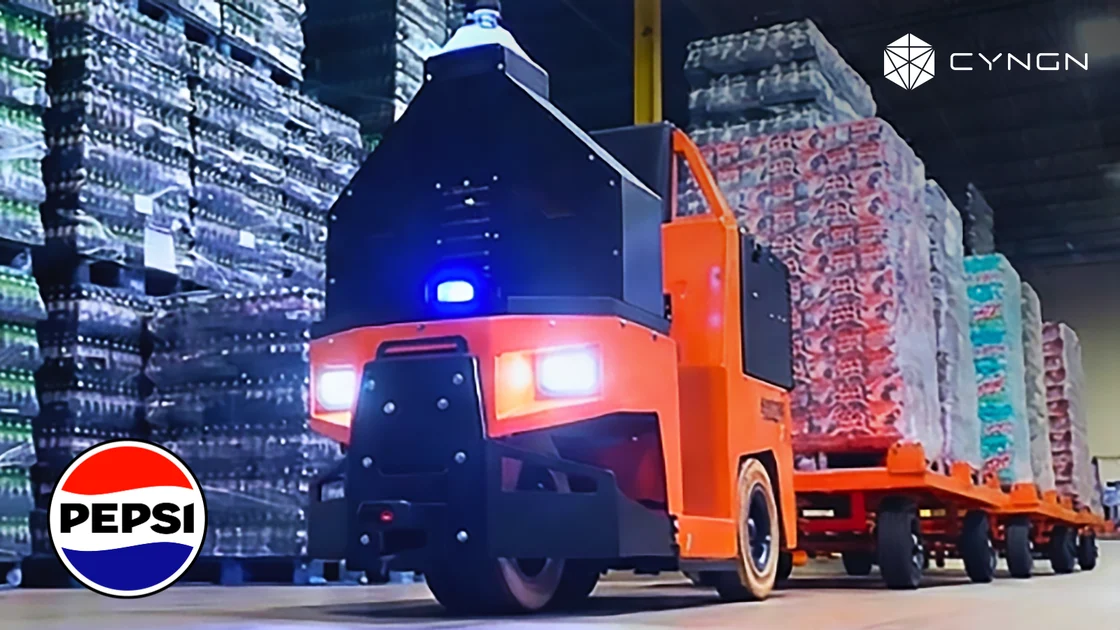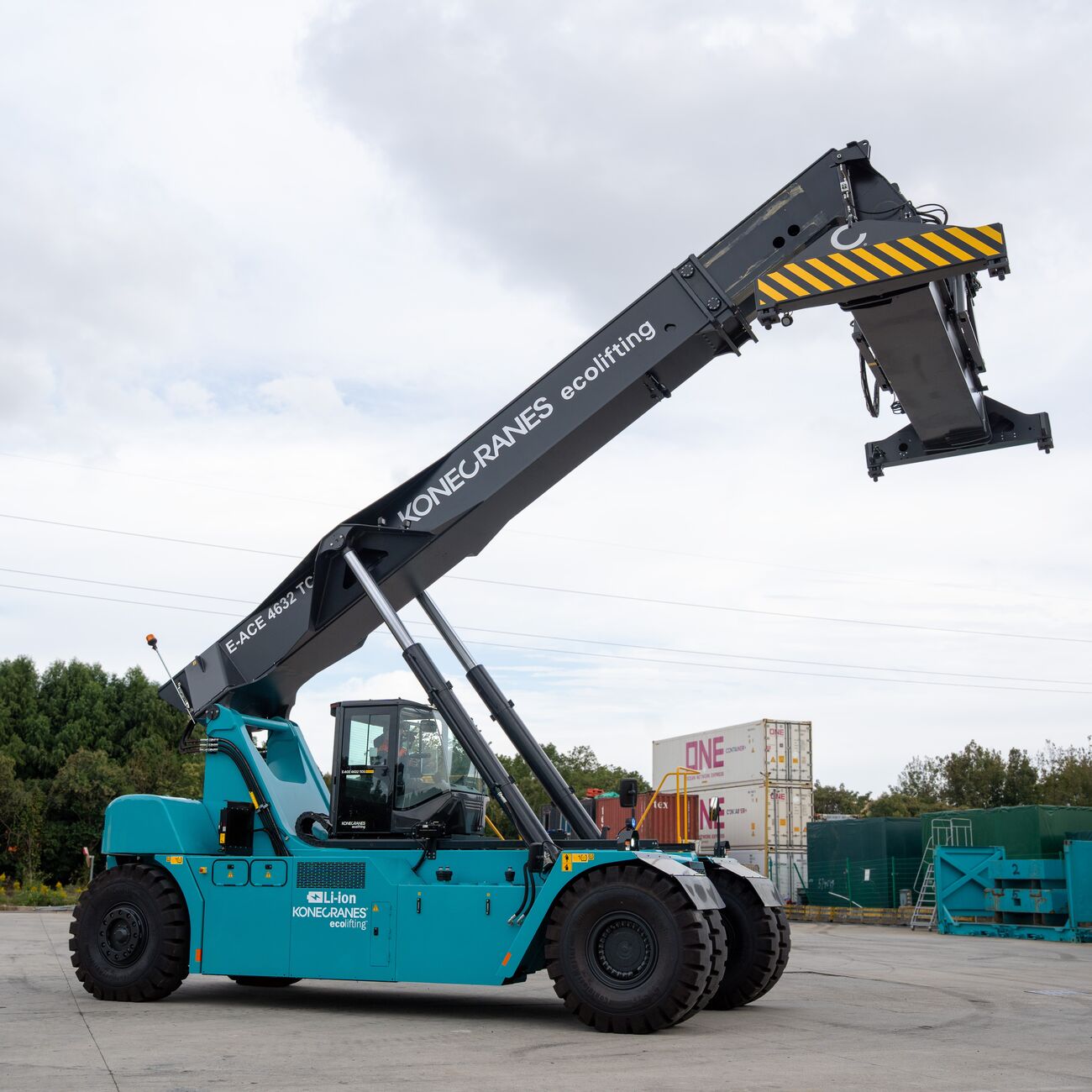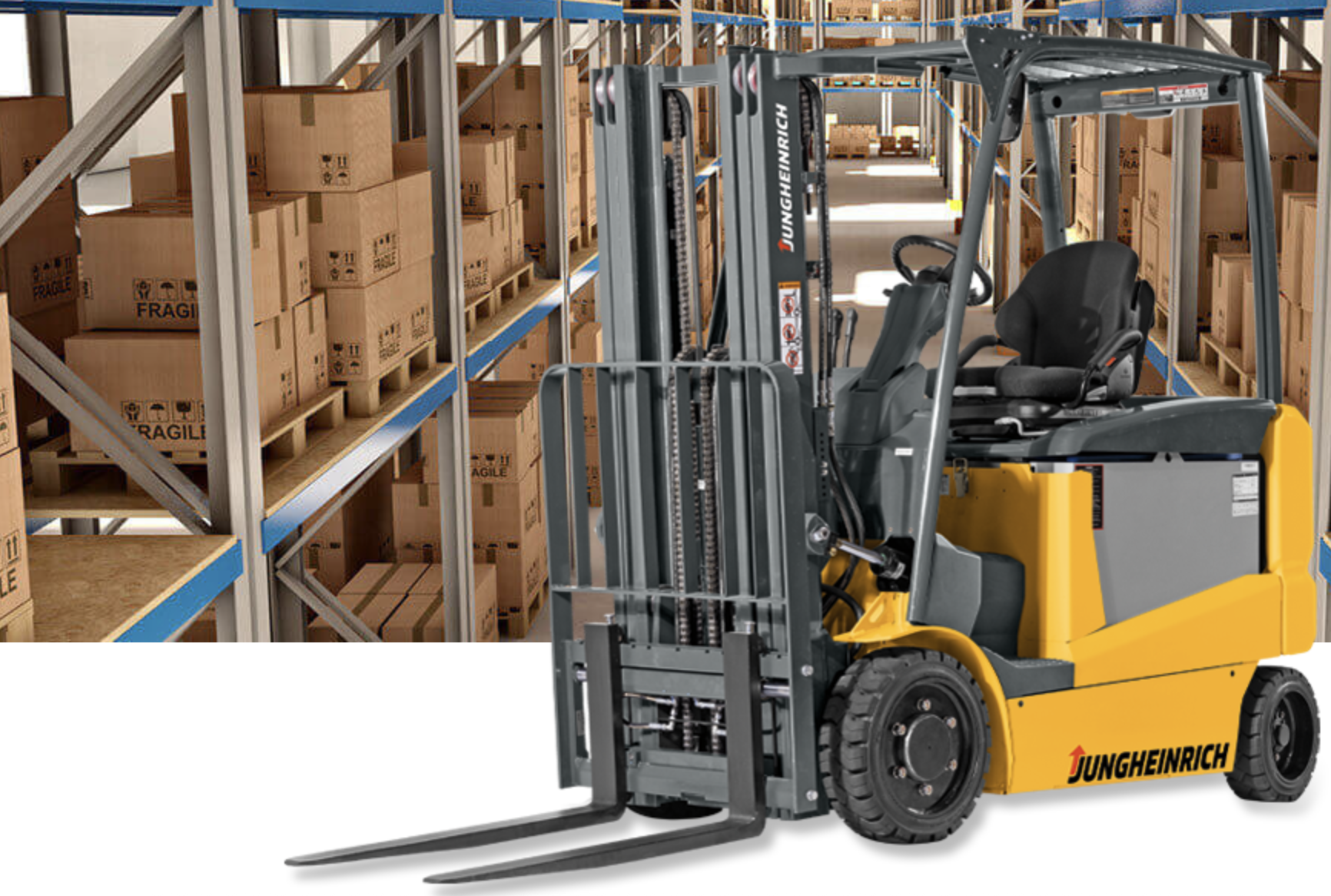MHI, Deloitte Report
MHI has released the seventh in a series of MHI Annual Industry Reports developed in collaboration with Deloitte.
The 2020 MHI Annual Industry Report, titled “Embracing the Digital Mindset: Connecting Data, Talent and Technology in Digital Supply Chains” provides new insights into trends and technologies that are having a dramatic business impact on supply chains and the people who run them.
The report finds that while the adoption of digital technologies is increasing, firms are struggling to hire skilled workers to run them and extract actionable insights out of the mountains of data that digital supply chains are generating.
Eight out of ten survey respondents believe digital supply chains will be the predominant model within just five years – 20 percent believe they are now. The survey results also suggest that investments in supply chain innovation continues to be strong.
- 50 percent of respondents are planning new technology investments over $1 million over the next two years
- 25 percent plan to spend more than $5 million
- 5 percent plan to spend more than $50 million
This year’s report provides updates on the innovative technologies that have the most potential to transform supply chains. The report also covers the potential for these technologies to disrupt the industry as well as their adoption rates and common barriers to adoption. The eleven technologies covered in the report are:
- Artificial Intelligence
- Predictive analytics
- Inventory and network optimization
- Robotics and automation
- Wearable and mobile technology
- Driverless vehicles and drones
- 3D printing
- Internet of Things
- Cloud computing and storage
- Sensors and automatic identification
- Blockchain
Supply chain technologies are driving competitive advantage
When it comes to technologies respondents say are a source of either disruption or competitive advantage:
- Robotics and Automation jumped from fifth to first place since the previous survey, with 67% of respondents believing it has the potential to disrupt or create a competitive advantage
- Sensors and Automatic Identification follows at 59%
- Analytics and Artificial Intelligence follow at 57% and 56%
- Inventory and Network Optimization and Internet of Things both come in at 54%
Adoption Rates
Cloud computing and storage has the highest current adoption rate at 59%. Adoption is expected to grow to 81% over the next two years, and to 90% over the next 3-5 years.
Robotics and automation, currently at 39%, is expected to reach 68% in the next 1-2 years and 72% in the next 3-5 years. Predictive Analytics, currently at 28%, is expected to grow to 82% in the next 3-5 years. Artificial Intelligence, currently at 12%, is expected to grow to 60% in the next 3-5 years.
Talent Shortage and Customer Demands Remain Top Supply Chain Challenges
When it comes to supply chain challenges, respondents continue to report that their organization’s greatest challenge is hiring and retaining qualified workers at 57%.
Close behind is the category of customer requirements in which customers continually expect and demand faster response times and lower costs. Digital innovation is essential to solving this customer experience challenge, but the technologies cannot be implemented without a skilled workforce to run them.
“The challenges of digitizing your supply chain and bridging the talent gap go hand in hand — one can’t be done without the other,” said George Prest, CEO of MHI.
Connecting Data, Talent and Technologies
What the findings of the report make clear is that data and technology will empower supply chains in the future, but it’s not a single technology—it will be a combination of the 11 highlighted in the survey.
Additionally, as every link of the supply chain is becoming more sensor-enabled, and the scope and scale of the resulting data is only increasing, corralling and integrating these data streams can drive quantum changes and improvements in supply chains.
The report calls this data, and the information and insights it provides, the currency of the NextGen supply chain. It also notes that many businesses don’t quite know how to tap into this currency. The report asserts that to compete in the future marketplace, companies must develop greater expertise at valuing, and capitalizing on, their data assets.
“Data is the life’s blood of the emerging digital supply network. Companies that recognize the value of this data and engineer approaches to collect, filter and synthesize it into customer and market insights will flourish. Those who do not will drown in the wave of exponential data proliferation,” said Thomas Boykin, Supply Chain Specialist Leader, Deloitte Consulting LLP.
The other essential component of future supply chain success is the people it takes to run them – and the skill sets necessary to connect them to digital supply chain technology.
As the digital technologies used in supply chains are constantly evolving, so are the skillsets required to support them. For this reason, many companies are targeting more general skillsets better suited for dynamic work environments.
This point is further supported by this year’s survey responses that highlight the three most critical skillsets over the next five years: project management/leadership (41%); strategic/problem-solving skills and critical thinking (40%); and supply chain management (32%).
“Analytical skills and critical thinking are now table stakes for companies – what is truly in demand is the combination of these skills with the needed breadth and depth of supply chain knowledge,” said Randy Bradley, Assistant Professor of Information Systems and Supply Chain Management, Haslam College of Business, The University of Tennessee
The report also notes that 30% of respondents said that they are reskilling their current workforce to meet these new skillsets.
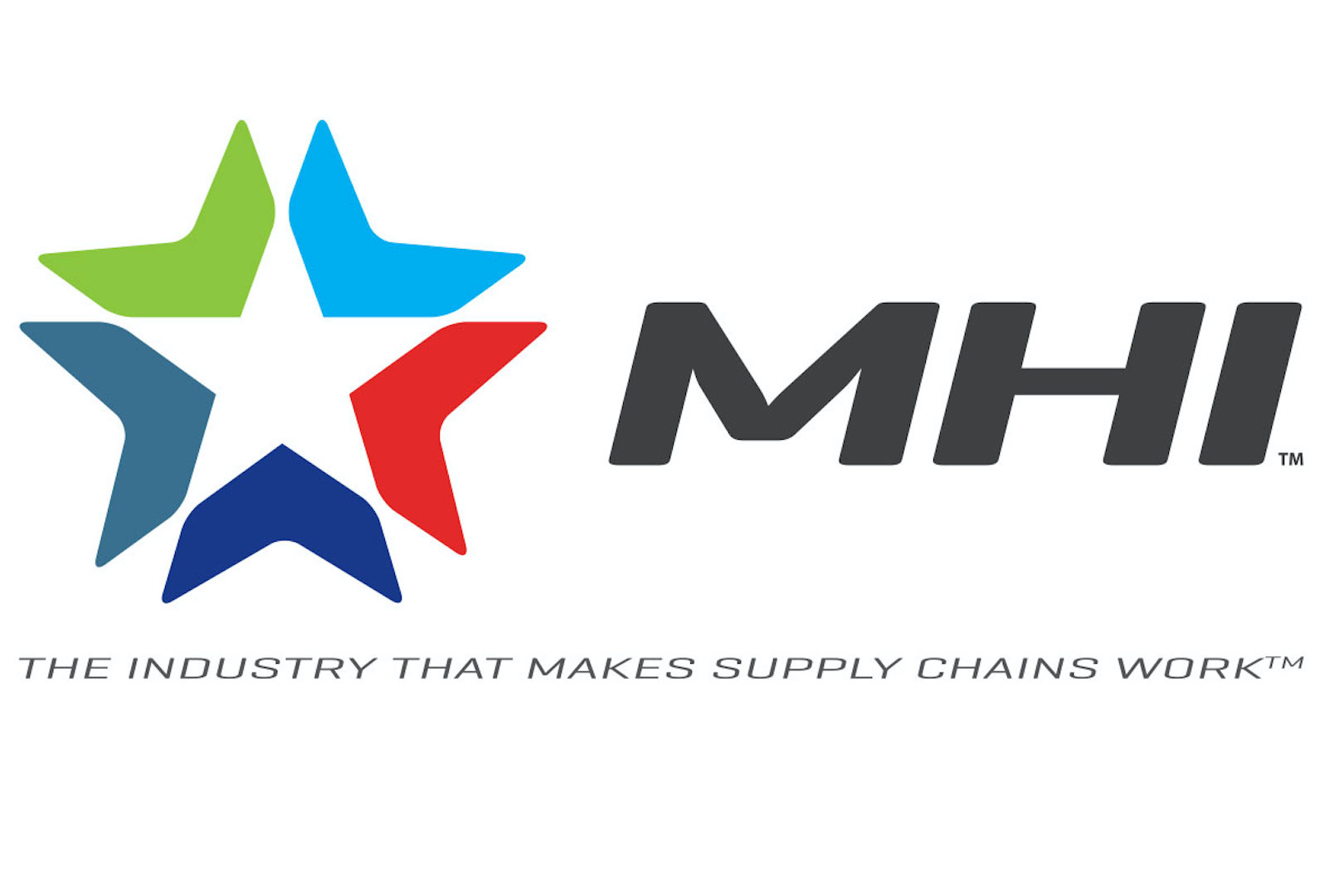
MHI is the nation’s largest material handling, logistics and supply chain association. MHI offers education, networking and solution sourcing for members, their customers and the industry as a whole through programming and events.
Building a Diverse, Multi-generational Supply Chain Workforce
The report also emphasizes the need for a more diverse and multi-generational workforce for future supply chains. As technology and digital innovation are increasingly becoming the centerpiece for attracting and retaining top supply chain talent, firms are now competing with e-commerce leaders and tech startups for talent.
While competing to attract this talent, firms need to also look at reskilling current employees and older workers re-entering the workforce. The report notes that the pool of workers age 65-74 is expected to grow by more than 5.1 million from 2014-2024, more than any other age group.
Additionally, the report predicts a big jump in women in the supply chain workforce in the coming years as the industry trends more toward inclusion and diversity. This year’s survey found that while only 20% of the supply chain workforce over 55 is female, but that number jumps to 56% for workers age 18-34.
The survey also found that this younger, more diverse workforce value different things from their employer than older workers. The survey found that workers under 34 value corporate responsibility, sustainability, compensation and diversity much more than workers over 55.
Supply Chain Digital Consciousness Index Toolkit
The report defines a pyramid, introduced last year, of digital adoption that has four technology stages, starting with the collection of data through digital connectivity, and then moving up the pyramid to generate increasing supply chain value and insights from that base data through automation, advanced analytics, and ultimately artificial intelligence.
The Supply Chain Digital Consciousness Index (DCI) characterizes a supply chain on four levels of awareness — from dormant to elevated — and across five digital categories.
The five digital categories span all dimensions of supply chains, from leadership, talent development and workplace culture, to technology and innovation adoption to customer experience.
“I’ve put tremendous focus on talent, workplace environment and leadership, so I expected to score on the higher end of the DCI spectrum there. I truly believe that you have to focus on those areas first before you can tackle innovation, technology and customer engagement. If you have the right people, then it’s far easier to focus on the other digital elements,” said Annette Danek-Akey, Senior Vice President of Supply Chain, Penguin Random House
In 2019, MHI built a web-based tool focused on the DCI and how companies view their progress toward digital maturity. The supplemental survey included 440 respondents.
The median DCI maturity level falls near the middle of the developing stage. More than 70% of respondents rated themselves at or below the developing stage, with roughly 10% rating themselves at the dormant stage. Another 26% rated themselves as heightened stage and only 3% rated themselves in the highest – or elevated stage of digital consciousness.
This year’s report also includes a new Supply Chain DCI Toolkit to help firms after they measure their DCI to set priorities and develop an action plan for their digital supply chain journey.
“Digital supply chains are seeing exponential change and disruption. Leaders can use the DCI Toolkit to take prescriptive actions that elevate their digital consciousness, improving their ability to attract talent and meet customer demands,” said Thomas Boykin, Supply Chain Specialist Leader, Deloitte Consulting LLP.
The report also provides real-world case studies of digital supply chain technologies and recommendations for leaders for developing strategies to implement these innovations.
“Workforce challenges cannot be solved without building and maintaining a culture of innovation and technology within your organization. Talent and technology are fundamentally linked together in the success of future supply chains,” said George Prest, CEO of MHI.
“As the pace of this technological change in supply chains escalates, so does the price of sitting on the sidelines. These technologies allow your competitors to outpace you faster than ever before,” added Prest.
The findings in this report are based on survey responses from over 1,000 manufacturing and supply chain industry leaders from a wide range of industries. Seventy-eight of respondents hold executive-level positions such as CEO, Vice President, General Manager, Department Head or Engineering Management. Participating companies range in size from small to large, with 48% reporting annual sales in excess of $50 million, and 17% reporting $1 billion or more.
Download the complete report at mhi.org/publications/report.


